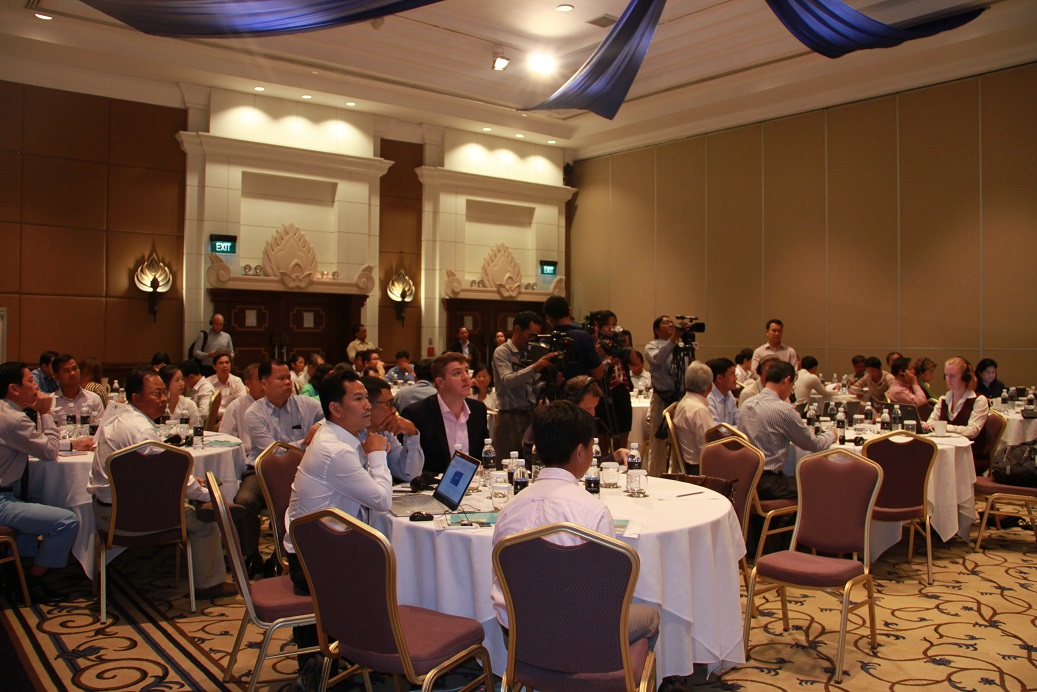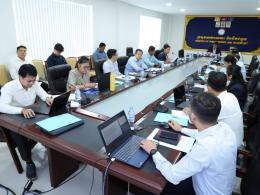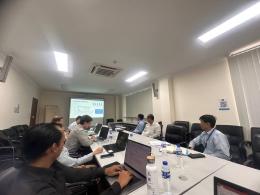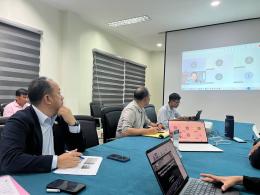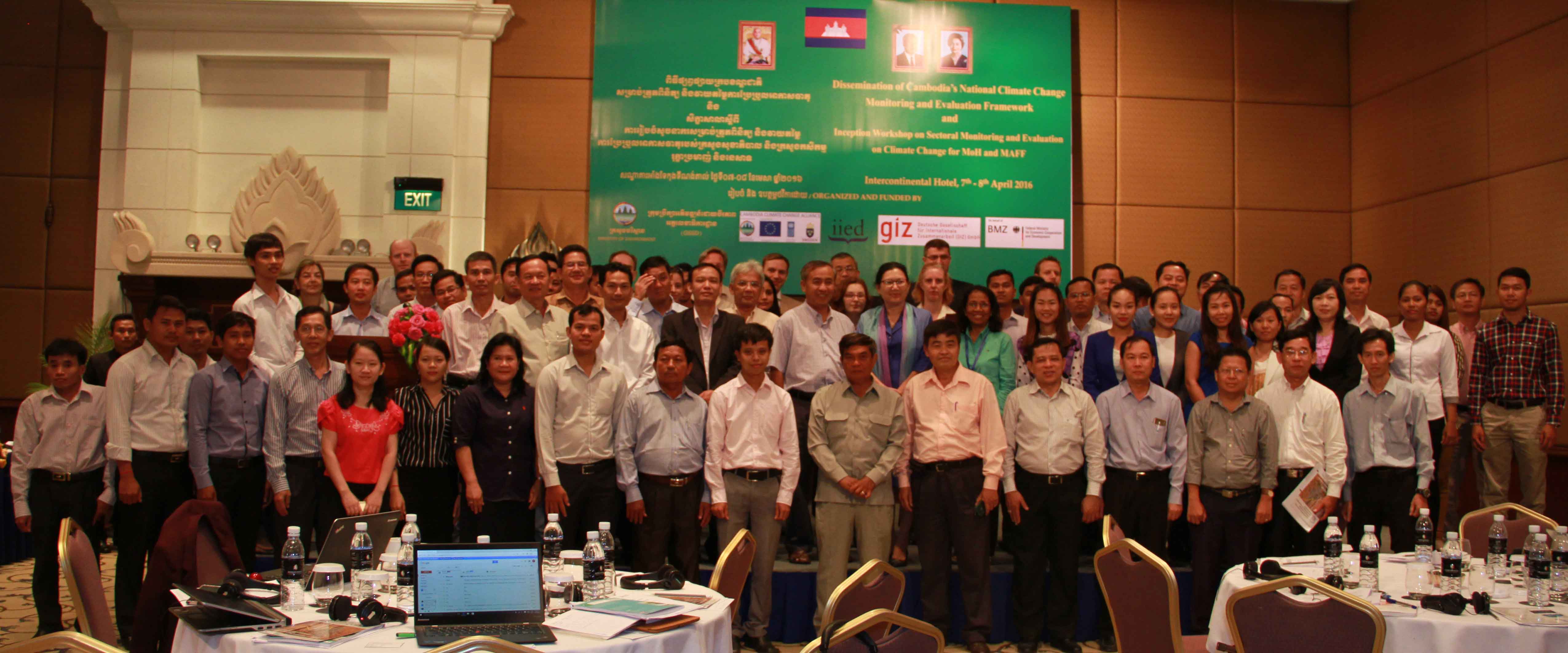 Phnom Penh, 07 April 2016 – General Secretariat of the National Council for Sustainable Development (GSSD) on Thursday launched Cambodia’s National Climate Change Monitoring and Evaluation Framework with a core set of indicators defined and a dedicated M&E team, aimed at tracking the country’s progress in addressing the challenges posed by climate change.The Framework consists of a core set of 8 national level indicators to which 2 to 3 indicators per sector will be added as sectors develop their own sectoral climate change M&E frameworks.
Phnom Penh, 07 April 2016 – General Secretariat of the National Council for Sustainable Development (GSSD) on Thursday launched Cambodia’s National Climate Change Monitoring and Evaluation Framework with a core set of indicators defined and a dedicated M&E team, aimed at tracking the country’s progress in addressing the challenges posed by climate change.The Framework consists of a core set of 8 national level indicators to which 2 to 3 indicators per sector will be added as sectors develop their own sectoral climate change M&E frameworks.
H.E. Tin Ponlok, Secretary General of the National Council for Sustainable Development, formally unveiled Cambodia’s National Climate Change Monitoring and Evaluation Framework during the launching ceremony on 07 April 2016 at InterContinental Hotel, Phnom Penh. In his opening speech, His Excellency reiterated Cambodia’s commitment to building a resilient, low carbon society and underlined that “this framework will be indispensable to track the implementation of the climate response strategy and of investments for climate change adaptation, mitigation and low carbon development.”
Ms. Neha Rai, Senior Researcher of International Institute for Environment and Development (IIED), in her welcome remarks at the start of the launching ceremony, noted that Cambodia is one of the first developing countries monitoring climate change response. “IIED has been closely working with the Department of Climate Change and multi-stakeholders to test indicators and baseline since 2013. The national framework is now established and includes a core set of eight indicators, to which additional (2-3) key sector specific indicators will be added later, as work on the sectoral CC M&E frameworks progresses.”
The national M&E framework for climate change adopts a twin-track approach measuring both:
- how well national institutions are able to manage climate risks, through 5 institutional readiness indicators: 1) Status of climate policy and strategies; 2) Status of climate integration into development planning; 3) Status of coordination; 4) Status of climate information; and 5) Status of climate integration into financing;
- how successful the climate interventions which are being implemented are at reducing vulnerability or lowering carbon emissions, through 3 impact indicators: 1) Percentage of communes vulnerable to climate change; 2) Families affected due to floods, storms and droughts; and 3) GHG emissions.
